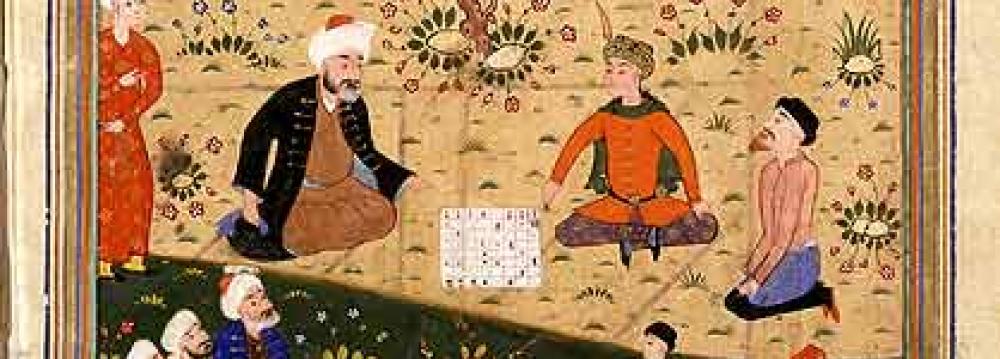Culture, Art and Communication Research Center, affiliated to the Ministry of Culture and Islamic Guidance will host a special seminar on 'Rumi's Musical Expression in Divan-e Shams'.
The event is organized on the occasion of the national day, September 29, assigned to the 13th-century Persian poet, scholar, theologian and mystic Jalal ad-Din Muhammad Rumi, IBNA reported.
The seminar will start at 10 am a day prior to the national day and will be attended by Mohammad Reza Tabrizi Shirazi, researcher in history and literature, essayist and specialist in works of Rumi and Hafez.
Tabrizi Shirazi will discuss the artistic beauty, particularly the musical attributes of Rumi's masterpiece Divan-e Shams that is a collection of lyric poems containing over 40,000 verses, considered among the greatest works of Persian literature.
Mohammad Reza Tabrizi Shirazi was privileged to learn under celebrated masters such as linguist, expert in works of Rumi and scholar of Persian literature Badiozzaman Forouzanfar (1904-1970); historian of Persian literature and regular contributor to the Encyclopedia Iranica Zabihollah Safa (1911-1999); scholar of Persian literature, culture and history Abdolhussein Zarrinkoub (1923-1999); and writer, poet, mathematician, historian and Rumi specialist Jalaloddin Homaee (1900-1980). He has done vast research in Islamic mysticism, old and contemporary poetry and literature and history of contemporary politics.
His research works include 'Seyfoddin Mohammad Forghani, Hero of Speech Arena', Nasser Khosro Qubadiani, a political poet and a fearless warrior', 'Interpretation on Tazkiratul Awliya', 'Critical Edition of Divan-e Shams', 'Critical Edition of Divan-e Hafez', 'Interpretation on Qabus Nama', 'Interpretation on Nizam ol-Molk's Book of Government' and ' Role of Fereydoun Tavallali in Political and Social Literature of Mohammad Reza Shah's Reign'.
Divan-e Shams and Music
Rumi's poetry, especially Divan-e Shams is imbued with musical beauty. The rhythm and rhyme used in the poems convinces reader of Rumi's mystic wisdom.
His mastery of rhyme and rhythm is such that he often created new vocabularies and new associated feelings. He had an incredible command of word-plays and puns. Sometimes he used the same word with a different accent or vowel twice or even thrice in one verse, each time with a different meaning. One cannot help but marvel at his linguistic mastery.
All in all, the readers of Divan-e Shams are exposed to a musical genius and a rhythmic dance of words. They are charged with an ecstatic energy with Rumi's wisdom. This is as close as one can get to the mystical experience. Rumi's presence pervades his poetry, impressing the readers with a feeling of love and ecstasy.


